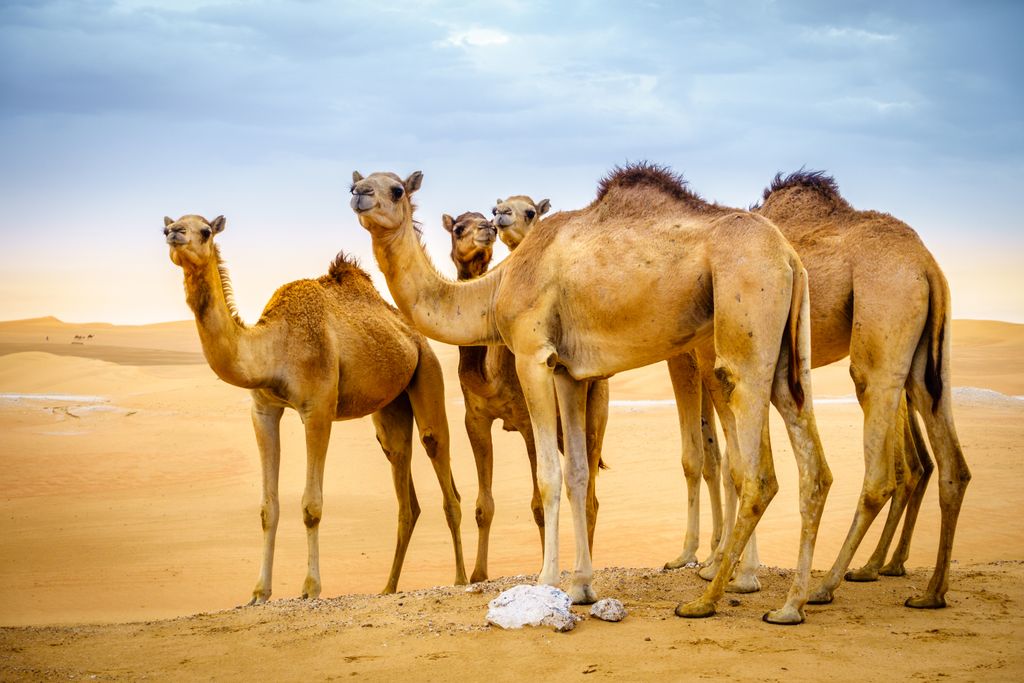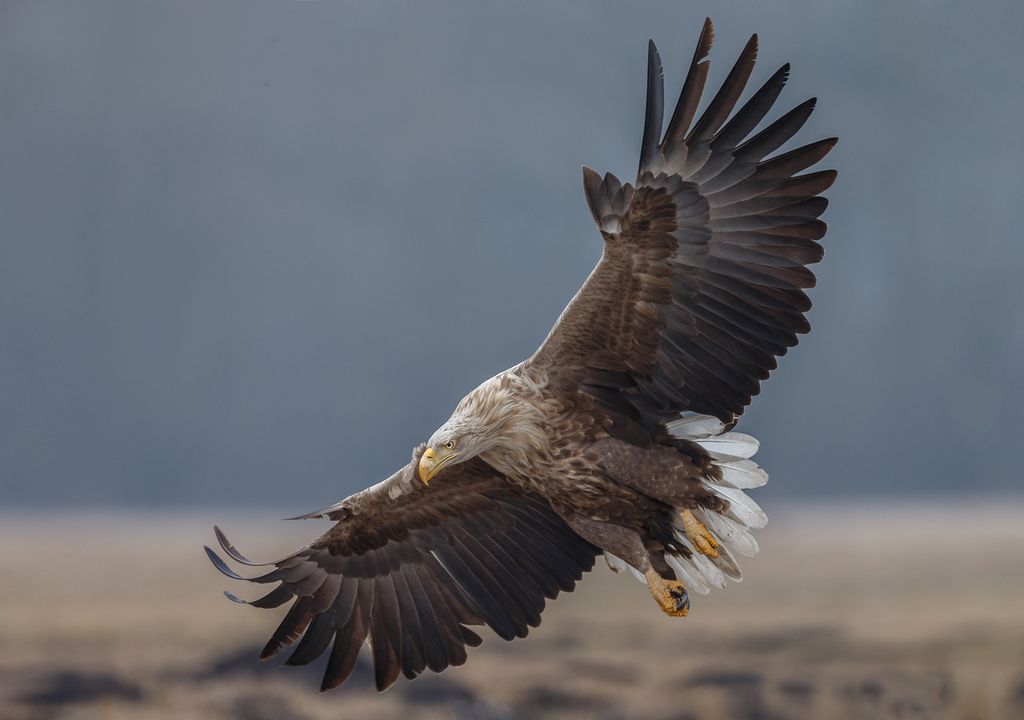
Populations of nearly half of migratory wildlife species protected under an international treaty are falling, according to a major report by the UN.
Billions of animals make migratory journeys each year on land, in the oceans and in the skies, crossing national boundaries and continents, with some travelling thousands of miles across the globe to feed and breed.
These migratory species provide vital benefits to ecosystems and humans, by pollinating plants, transporting key nutrients, preying on pests, and helping to store carbon.
The convention for the Conservation of Migratory Species of Wild Animals (CMS) lists nearly 1,200 animals, birds and fish that are at risk of extinction across all or much of the areas they live or move through.
It has been in force since 1983, and aims to boost coordinated international action to protect the species listed.
When species cross national borders, their survival depends on the efforts of all countries in which they are found
Extinction threat
However, the first comprehensive assessment of the status of species published this week revealed that more than one-in-five (22 per cent) of CMS-listed species are threatened with extinction. Almost all fish listed by the treaty (97%) are at risk of extinction.
Over the past 30 years, 70 species listed by the CMS – including the steppe eagle, Egyptian vulture and the wild camel – have become more endangered.
This contrasts with just 14 that have improved, including blue and humpback whales, the white-tailed sea eagle and the black-faced spoonbill.

Three out of four listed species are impacted by the loss, degradation or fragmentation of their habitat. More than half of the sites recognized as being important habitats for these species are under unsustainable levels of pressure caused by humans, such as clearing of land for agriculture.
Seven out of ten species are suffering from overexploitation – which includes unsustainable hunting and overfishing.
Enormous challenges
Amy Fraenkel, CMS executive secretary, explained that migratory species rely on a variety of specific habitats at different times in their lifecycles, and sometimes travel thousands of miles to reach these places.
“They face enormous challenges and threats along the way, as well at their destinations where they breed or feed. When species cross national borders, their survival depends on the efforts of all countries in which they are found,” she said.
The report will provide data to support much-needed policy actions to ensure that migratory species continue to thrive around the world, she added.
However, there have also been positive examples of recoveries of populations. These include a 91% reduction in illegal bird netting in Cyprus, and successful conservation and restoration work in Kazakhstan, which has brought the Saiga Antelope back from the brink of extinction.